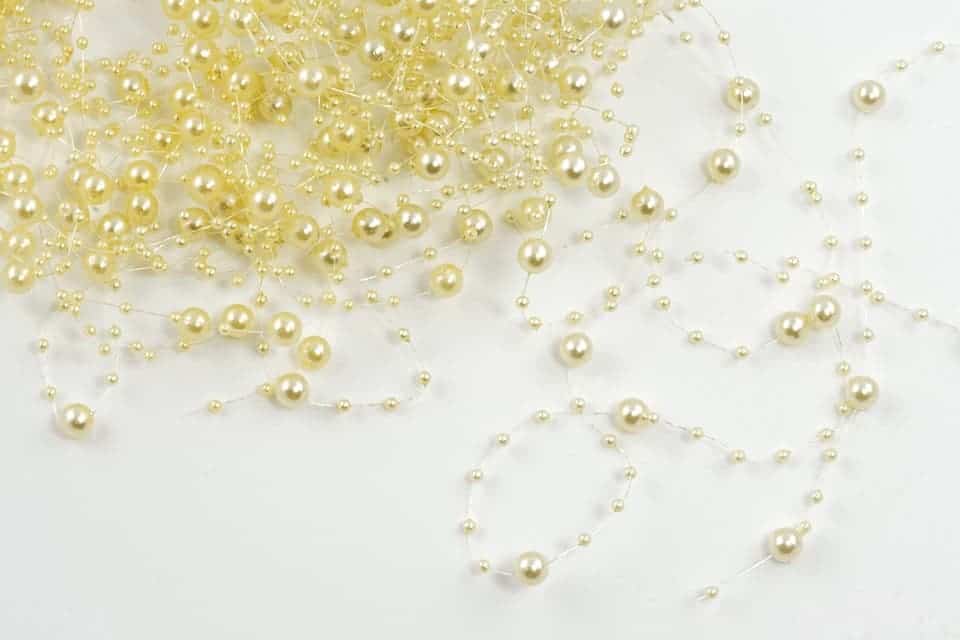New research from the University of Western Ontario reports that the sediment lining the bottom of the Great Lakes is chock-full of microplastics.

Plastics are one of the most widespread contaminants on Earth — and every bit of it was made by humans. A particular subset of them, that of plastic particles under five millimeters in size (known as microplastics), are particularly problematic.
Microplastics are tiny enough to evade most natural and man-made filtration systems, they’re easily mistaken for food and swallowed by wildlife (but aren’t digestible), and they can also be produced by the degradation of plastic masses dumped into the ocean.
And there’s a lot of it
As microplastics build up in the world’s waterways, they are also getting lodged in sediment layers. A new paper looked at the Great Lakes as a case study for microplastic pollution and its place in geologic processes.
The team, comprised of sedimentary petrologist Patricia Corcoran and her students at the University of Western Ontario, looked at the main sources of microplastics in sediment samples recovered from the Great Lakes. They also analyzed the distribution of these contaminants, looked for areas with particularly high levels of microplastics, and estimated which animals are placed at risk by exposure to these particles. Towards this goal, they retrieved sediment samples (both offshore and nearshore) from Lakes Huron, Ontario, Erie, St. Clair, and their tributaries.
Lab analyses revealed that microplastic concentrations in these samples reached as high as 4.270 microplastic particles per kilogram of (dry) sediment in the lakes, and up to 2.444 microplastic particles per kilogram of (dry) river sediment.
The team reports that microplastic content shows a strong link to the levels of organic debris in a given sample: the more organic material, the more microplastics were found. They add that benthic (lake bottom) microplastics were more abundant near areas with large human populations (these areas are further associated with plastic use and plastic production facilities).
One particularly important finding was that, although a large number of man-made particles were found in the samples, only around one-third were actual plastic.
“When we chemically analyzed fibers only 33% were plastic — the others, materials like dyed cotton or cellulose,” Corcoran says. “So we can’t assume that every fiber we see under the microscope is plastic.”
The team also looked at pellets (bigger microplastic particles, around the size of an individual lentil) in samples taken from 66 beaches across all five Great Lakes. They report finding 12.974 pellets over 660 square meters (7.104 sq ft) of investigated beach area. Two of the beaches that contained most pellets were close to population or industrial centers, but, apart from them, the team didn’t find any significant association between pellet number and areas of human activity. The pellets, they explain, were mostly concentrated around tributaries.
“In other words,” she says, “rivers and creeks are the main pathways used by pellets to reach the lakes.”
Corcoran has previously studied anthropogenic stones in Hawaii, a very in your face example of how plastics are imprinting themselves into the Earth’s geological record. She and her team at the time named these rocks “plastiglomerates” to showcase just how much plastic they contained — and she says the present study finds the early stages of a similar process underway in the Great Lakes.
The paper “Anthropogenic Grains: Microplastics in Benthic Compartments of the Great Lakes Watershed” will be presented by Sara Belontz of the University of Western Ontario at the GSA Annual Meeting in Phoenix, Arizona (Tuesday, 24 Sept. 2:30 p.m., in the North Building of the Phoenix Convention Center, Room 224A).









